Have you seen the African Impossible 5?
Youve seen the Big 5, heres a new challenge. If youve been on a safari holiday you’re probably aware of the African Big 5 of lion, leopard, elephant, buffalo and rhino. Many guides will help guests tick these iconic animals off their wish list, in some cases in a single afternoon. However, theres more to safari wildlife than these five species, and for those looking for a real challenge theres the African Impossible 5.
The aardvark
The aardvark is up first. Seeing one is made difficult as they are solitary, nocturnal and live in burrows. Their main foodstuffs are ants and termites which are typically active after dark. Aardvarks come out at night to sniff out their food when many safari goers are back at their lodge enjoying dinner or a good nights sleep. One of the best places to see aardvarks is the Kwandwe Reserve during their winter months May to August when termites and aardvarks both come out during the day.
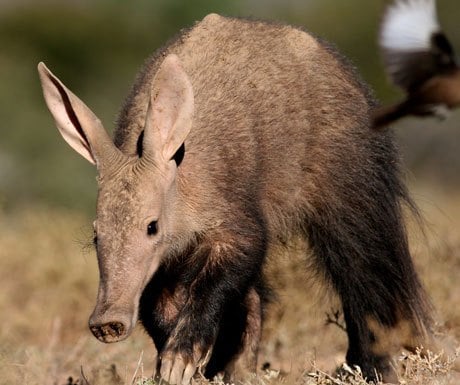
The riverine rabbit
Next member of the Impossible 5 is the riverine rabbit, one of the worlds most endangered species. With a low breeding rate (unlike most rabbits) and a limited distribution in mostly unprotected areas, it is thought there are only around 250 living adults. Its another nocturnal animal, resting in shallow scrapes in the ground during the day. South Africas Karoo National Park is one of the few places riverine rabbits enjoy a protected status.
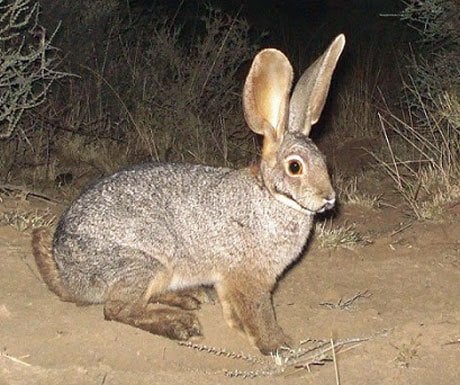
The white lion
White lions occur naturally due to a genetic mutation. A population exists in the wild in the private Timbavati area within the Kruger National Park ecosystem, while a single male was seen in the Umfolozi National Park in KwaZulu Natal. The colour doesnt seem to disadvantage them, with white lions hunting equally successfully as those with normal coloured fur.
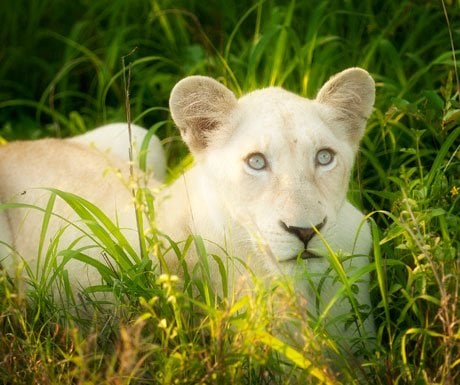
The pangolin
Number four, the pangolin, is the only one of the Impossible 5 that Ive actually seen. In my case it was in Zambias South Luangwa National Park, but they have a large range across much of the continent with other species living across Asia. Like aardvarks they eat insects and are nocturnal. Unlike aardvarks they’re been driven almost to extinction by illegal hunting and trade among other things. In both Africa and Asia their scales are thought to have medicinal qualities and in Asia their meat is considered a delicacy.
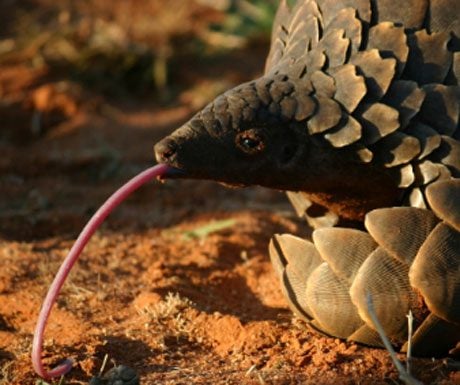
The Cape mountain leopard
The Cape mountain leopard is the final member of the Impossible 5. As its name suggests it is found (or not) in rugged mountains close to Cape Town and it is the urbanisation of this region which is the major threat to numbers. Significantly smaller than leopards found elsewhere in Africa, the Cape mountain leopard feeds on porcupines, rock hyrax and klipspringers across a bigger home range than its larger cousins.
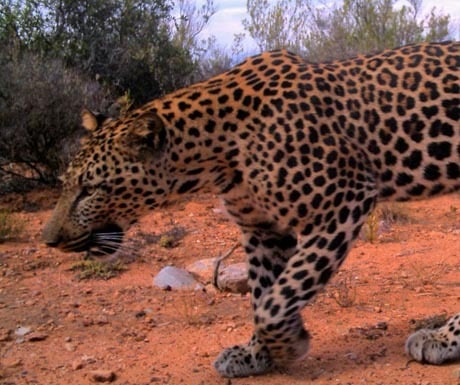
Good luck in your search. If you do find these five, youll be among a very few who ever have.
Richard Smith is Operations Director at Aardvark Safaris.
If you would like to be a guest blogger on A Luxury Travel Blog in order to raise your profile, please contact us.
Did you enjoy this article?
Receive similar content direct to your inbox.


I was lucky enough to see the aardvark in the wild but not the others. Everytime I go on safari, I look forward to seeing them though.
Ha, ha! An interesting quest. The pangolin is so bizzare. I was in South Luangwa Nat Pk years ago but, alas, never saw one.
Is there a prize if you see all five?
Interestingly Mike the South Luangwa is where I saw my one and only pangolin.
If you see all five, you then get to start working on seeing all of the ‘shy five’.
What about the caracal and leopard tortoise? Most of the small cats are elusive and nocturnal. All my time in the wild I never came across the Aardvark.
I’ve always found aardvarks, and anteaters (though I’m not entirely sure of the difference) so unusual and interesting. And maybe a little creepy up close! White lions are gorgeous. I think that just shows how being different can be beautiful and something to be celebrated, whereas us humans seem to consider genetic mutations causing us to look different something to be ashamed about. I’ve never seen a pangolin, but it’s awful they’re under such threat. Too many incredible creatures are. I could never, ever eat something like that. I’m curious what the medicinal qualities are supposed to be.
They’re different species (although similar in appearance) :-) You won’t see anteaters in Africa unless you visit a zoo. Ardvarks are found in the wild in Africa, whilst anteaters are in Central and South America…
I often think that when people go off on safari that they get too hung-up on The Big Five. To be honest the safari industry doesn’t help with its little books where you can tick them off and add up points for what you’ve seen. Nice to hear about “The Impossible Five”. It will encourage people to keep their opens open. On safari yo should also be journeying with an open mind, any creature that you see is a blessing.